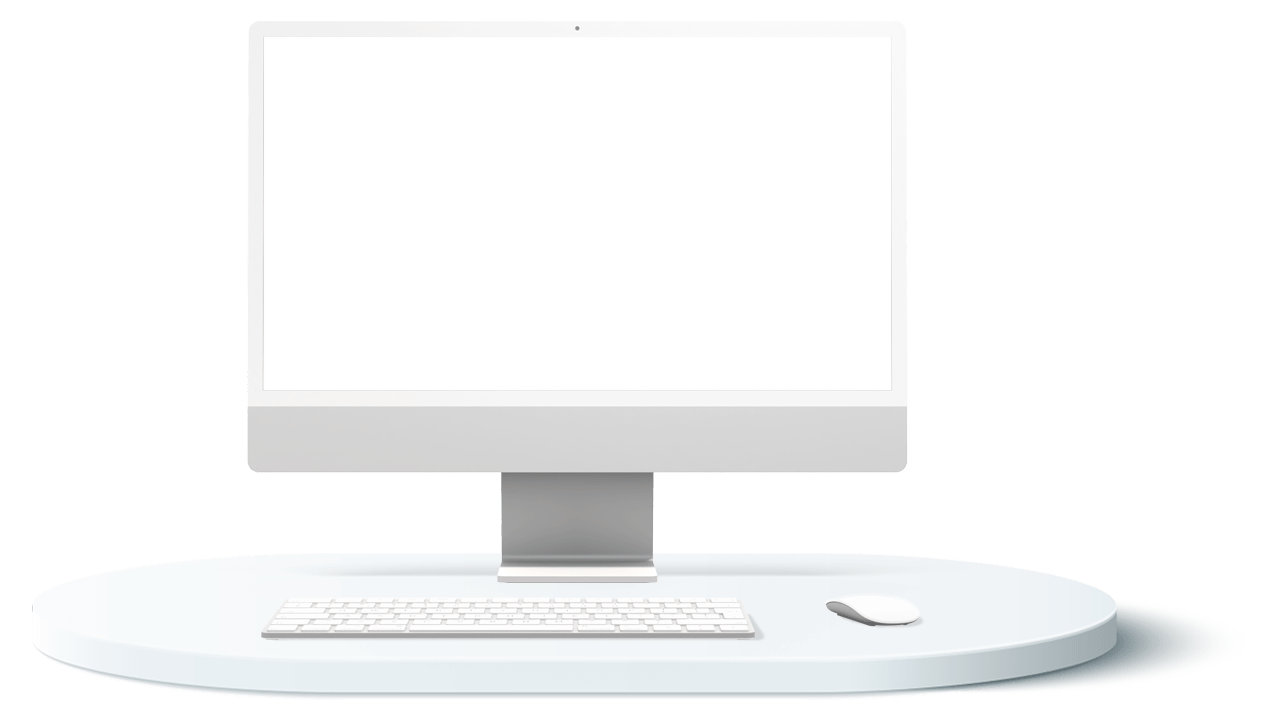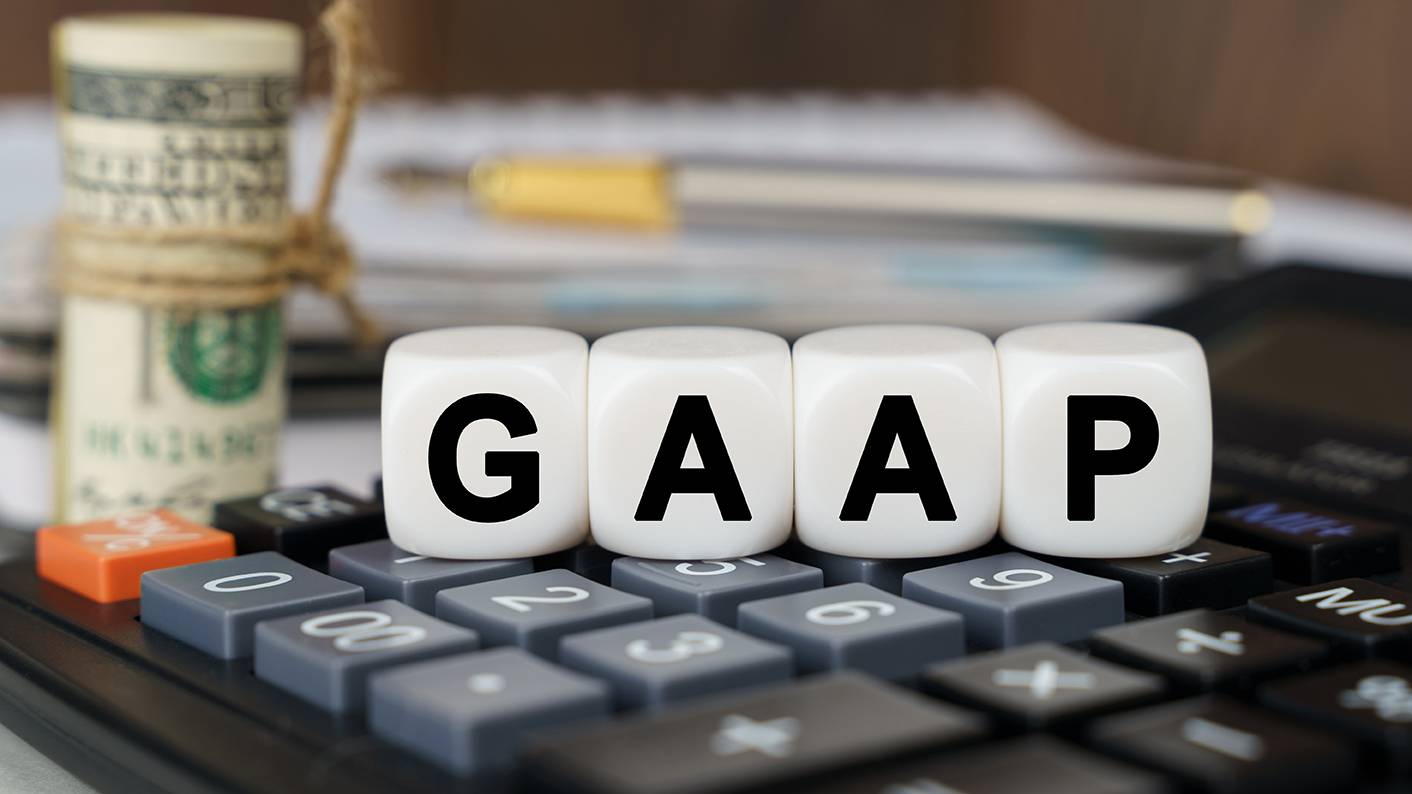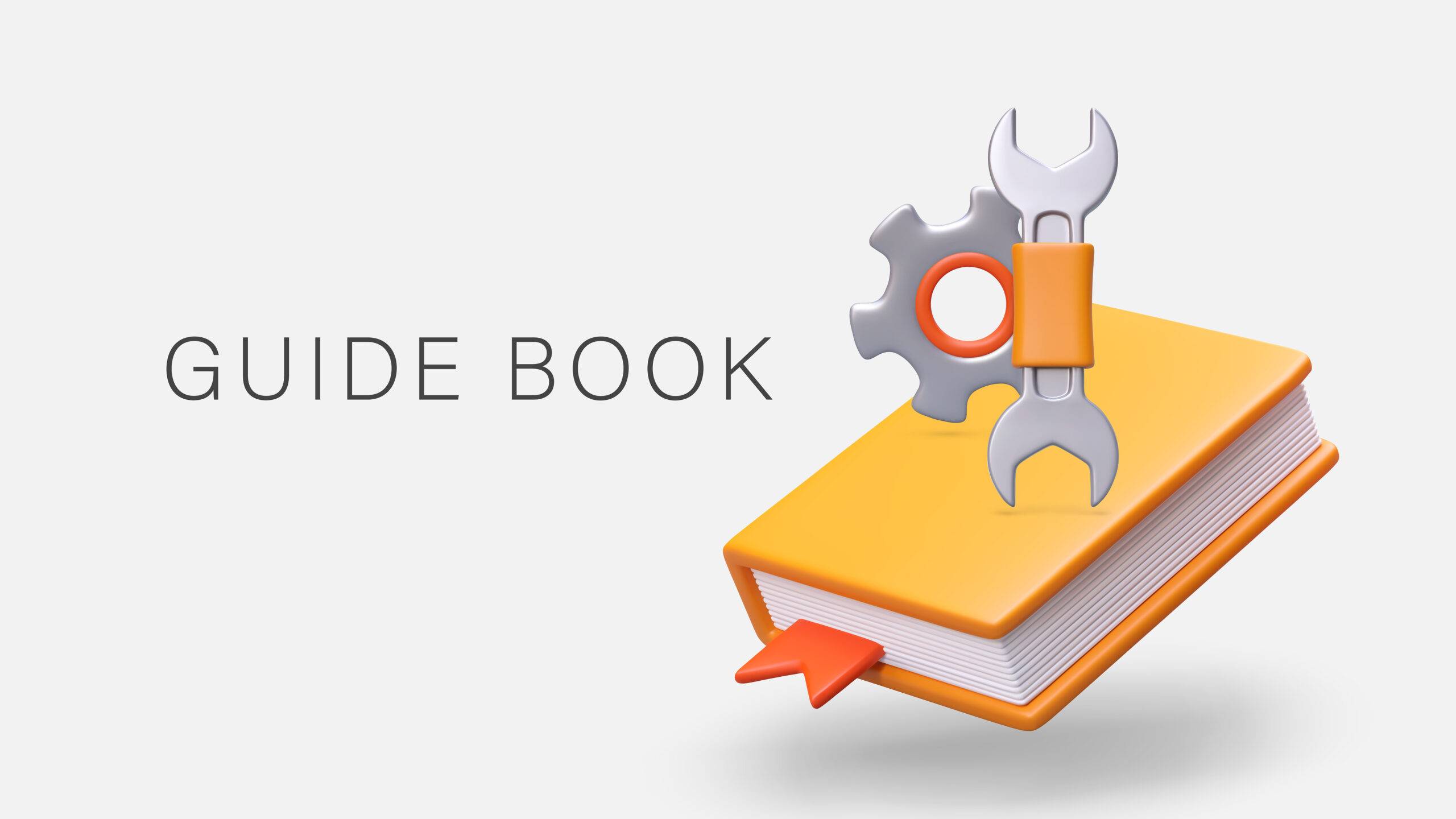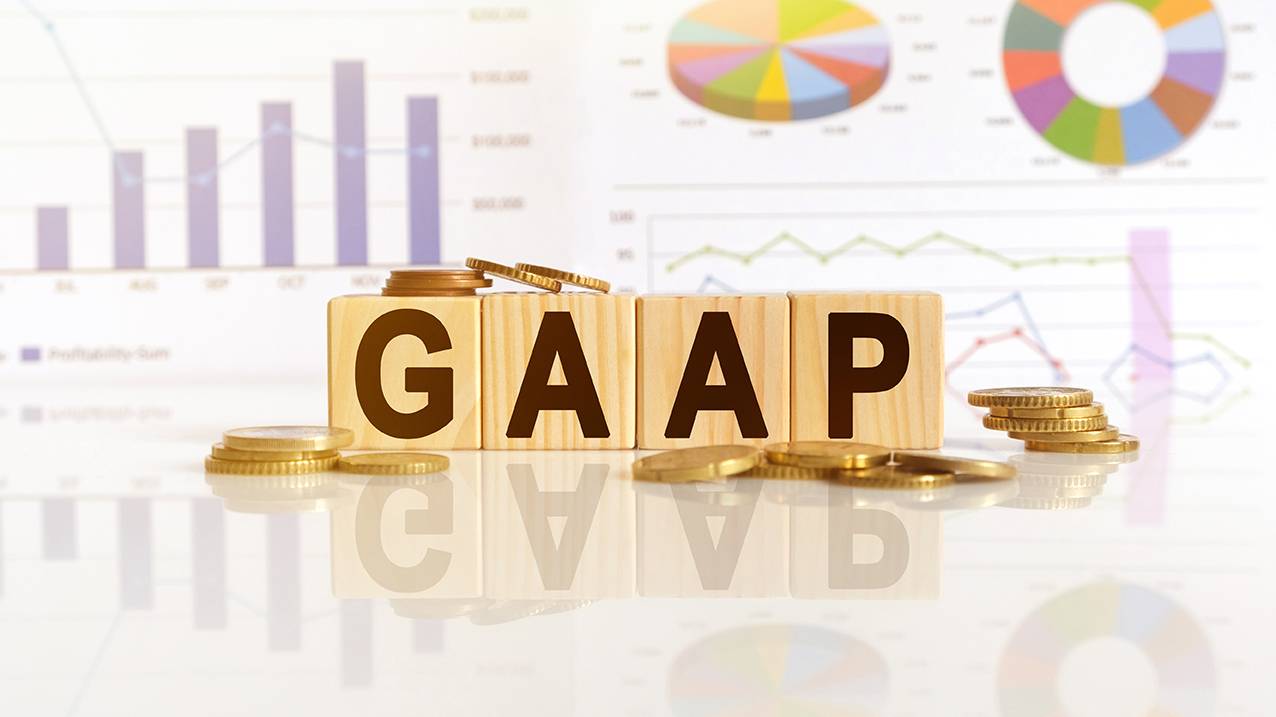

$384.00 – $424.00
Webcasts are available for viewing Monday – Saturday, 8am – 8pm ET.
Without FlexCast, you must start with enough time to finish. (1 Hr/Credit)
GAAP Hot Topics- What You Need to Know
Format
Self-Study
Course Level
Overview
CPE Credits
16 Credits: Accounting
Course Description
Understanding and applying U.S. GAAP’s key accounting and reporting topics can be an intricate and challenging task for professionals in the field of finance and accounting. This complexity is heightened when dealing with nuanced topics such as business combinations, revenue recognition, and leasing transactions. Additionally, areas like goodwill impairment, segment reporting, and accounting for software bring their own set of intricate rules and disclosures. Navigating through these topics requires not only a deep understanding of the principles but also the ability to apply these in various practical scenarios. The constant evolution of standards adds another layer of complexity, making it imperative for professionals to stay updated and competent in their application.
This comprehensive online Self-Study CPE course offers an in-depth exploration of several critical accounting and reporting topics within U.S. GAAP. It encompasses a wide range of subjects from accounting for business combinations, recognizing revenue, and conducting leasing transactions, to addressing goodwill impairment and segment reporting. Additionally, the course provides detailed guidance on accounting for software and the requirements related to accounting changes and error corrections. This course is designed to equip participants with the knowledge to confidently navigate and apply these complex U.S. GAAP standards in their professional practice, ensuring compliance and accuracy in financial reporting.
Learning Objectives
Upon completion of this Course, you will be able to:
- Identify the definition of a business as it relates to a business combination transaction;
- List the steps involved in the acquisition method;
- Identify the acquisition datefor a business combination;
- Recognize how to measure goodwilland gains from bargain purchases;
- Identify the measurement period for business combinations;
- Recognize financial statement disclosures related to business combinations;
- List the five steps involved in the new revenue recognition model;
- Recognize the considerations involved in identifying whether a contractexists;
- Identify the considerations involved with measuring the transaction price;
- Recognize the steps involved in allocating the transaction priceto performance obligations;
- Determine whether an arrangement contains a lease;
- Identify considerations with respect to substitution rights;
- Identify the criteria for the new finance leaseand short-term leases;
- Recognize the new recognition and measurement requirements for both lessees and lessors;
- Identify the requirements related to lease modifications;
- Identify presentation and disclosure requirements for both lessees and lessors;
- Identify the recognition requirements related to goodwill;
- Recognize overall characteristics of goodwill impairment testing;
- Differentiate between the qualitative and quantitative testof goodwill impairment;
- Identify key characteristics of the accounting alternativefor goodwill;
- List the key disclosurerequirements for goodwill and goodwill impairment losses;
- Identify key characteristics of operating segments;
- Recognize characteristics of the entity’s chief operating decision maker;
- Identify the quantitative thresholds used for reportable segments;
- Recognize disclosure requirements for reportable segments as well as entity-wide disclosures;
- Distinguish between software that is considered internal-useand not considered internal-use;
- Recognize how implementation costs are accounted for in various stages of software development;
- Identify when capitalization and amortization should commence;
- Recognize how implementation costs of hosting arrangements are accounted for differently;
- Recognize software that is within the scope of ASC Topic 985-20;
- Identify how software costs are recorded prior to and after establishing technological feasibility;
- Recognize how amortization is recorded for capitalized software costs;
- Identify general disclosure requirementsrelated to software for resale;
- List the different types of accounting changesand how they affect an entity’s financial statements;
- Differentiate between the requirements for the different types of accounting changes;
- Identify the steps involved in the required assessment for a correction of an error;
- Differentiate between the iron curtain and rollover methods for quantifying a correction of an error;
- Recognize the different types of restatements required as a result of accounting changes;
- Differentiate between a GAAP financial measure and a non-GAAPfinancial measure;
- Recognize examples of different types of non-GAAPfinancial measures;
- Identify which SECguidance is applicable to different types of non-GAAP financial measures;
- Recognize disclosures within the scope of Regulation G; and
- Identify key requirements included within both Regulation G and Regulation S-Krelated to these measures;
Course Specifics
SS122305345
April 11, 2024
There are no prerequisites.
None
356
Compliance Information
CMA Notice: Western CPE makes every attempt to maintain our CMA CPE library, to ensure a course meets your continuing education requirements please visit Insitute of Management Accountants (IMA)
CFP Notice: Not all courses that qualify for CFP® credit are registered by Western CPE. If a course does not have a CFP registration number in the compliance section, the continuing education will need to be individually reported with the CFP Board. For more information on the reporting process, required documentation, processing fee, etc., contact the CFP Board. CFP Professionals must take each course in it’s entirety, the CFP Board DOES NOT accept partial credits for courses.
Meet The Experts

Kelen is a recognized author and reviewer of CPE courses and has authored over 145 courses (350+ CPE credit hours) covering a range of accounting, auditing, financial reporting, regulatory, and ethics topics. Kelen remained involved in CPA exam content development for nearly 10 years and authored more than a thousand multiple choice questions for various sections of the CPA exam. He also serves as an Editorial Advisor for the AICPA’s Journal of Accountancy. Kelen has nearly 20 years of progressive finance and accounting experience. He currently serves as an Accounting Policy Advisor with HP. Prior to HP, he served in multiple …
Related Courses
-
 Accounting
Accounting
Accountants’ Guidebook
Steven M. Bragg, CPA QAS Self-Study
Credits: 30 $600.00
QAS Self-Study
Credits: 30 $600.00$600.00 – $640.00
-
 Accounting
Accounting
GAAP Guidebook
Steven M. Bragg, CPA QAS Self-Study
Credits: 29 $580.00
QAS Self-Study
Credits: 29 $580.00$580.00 – $620.00
-
 Accounting
Accounting
Accounting Fraud: Recent Cases
Joseph Helstrom, CPA QAS Self-Study
Credits: 1 $29.00
QAS Self-Study
Credits: 1 $29.00$29.00 – $49.00
